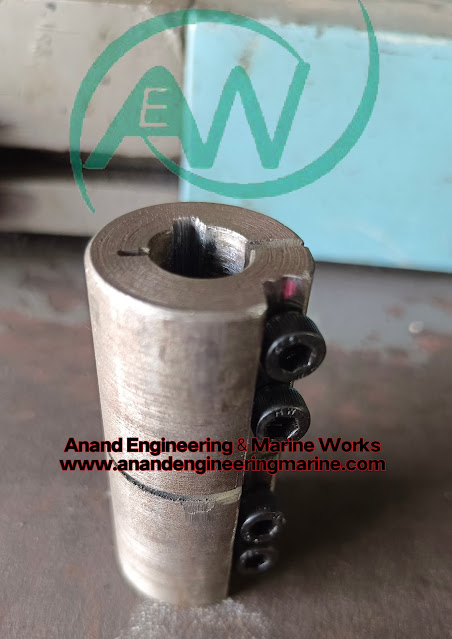To manufacture a new coupling based on drawings, you will need to follow a series of steps. Here's a general outline of the manufacturing process:
Review the Drawings: Carefully examine the provided drawings to understand the specifications, dimensions, and tolerances of the coupling. Ensure that you have a clear understanding of the design requirements.
Material Selection: Determine the appropriate material for the coupling based on the application, load requirements, and any other relevant factors. Consider factors such as strength, durability, corrosion resistance, and cost.
Procurement: Acquire the necessary raw materials, such as metal stock or pre-fabricated components, as specified in the drawings. Ensure that the material meets the required specifications and quality standards.
Machining: Set up the manufacturing equipment, such as lathes, milling machines, or CNC machines, based on the complexity of the coupling design. Use the drawings as a reference to machine the coupling's various features, such as bores, keyways, threads, and flanges. Follow best practices for machining, including proper tool selection, cutting parameters, and quality control measures.
Finishing Operations: Perform any required finishing operations, such as deburring, polishing, or coating, to ensure a smooth surface finish and remove any sharp edges or burrs. This step may vary depending on the specific requirements and materials involved.
Inspection: Thoroughly inspect the manufactured coupling to ensure it meets the specified dimensions, tolerances, and quality standards. Use precision measuring instruments such as calipers, micrometers, or coordinate measuring machines (CMMs) to verify the dimensions and perform any necessary quality checks.
Testing: If applicable, conduct any functional or performance tests to validate the coupling's capabilities. This may include tests for torque transmission, load-bearing capacity, alignment, or other relevant factors.
Documentation and Packaging: Prepare the necessary documentation, including manufacturing records, inspection reports, and certifications, to ensure traceability and compliance. Once the coupling has passed all quality checks, package it securely for shipment or further assembly, as required.
It's important to note that this is a general overview, and the specific manufacturing process may vary depending on factors such as the type of coupling, manufacturing capabilities, and industry standards. Additionally, it's always recommended to consult with engineers, machinists, or manufacturing experts to ensure the proper execution of the manufacturing process based on the provided drawings.




Comments
Post a Comment